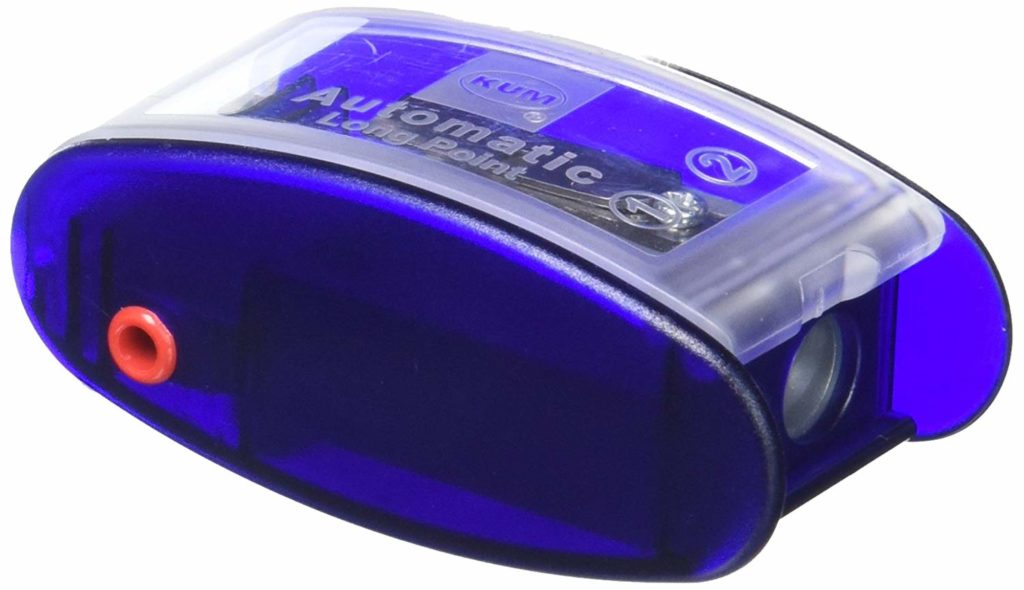Years ago, I was hand quilting a raffle quilt I had designed for my guild at the annual show. I brought my original drawing done in pencil on a large sheet of quadrille drafting paper thinking some of the viewers might find it interesting to see the original design with the actual quilt. One morning a gentleman came to the show – you don’t see a lot of men at quilt show, particularly younger ones. He walked around the quilt admiring it then noticed the drawing which he picked up and studied. Asking if I was the designer, he followed that with the rather vague question “What did you use?” I asked for clarification and he repeated the question adding “What program?”. I told him I had not used any computer program to design the quilt and astonished, he asked “But then how did you do this?” indicating the drawing. “The old fashioned way”, I replied, “with pencil and paper”. Ah – the good old days, when pencils ruled the art studio.
In this modern age, many artists rely on computers to draft and draw quilt (and other) designs; I still love to use pencils. Just me, the paper, a pencil and a good eraser – how Zen! When it comes to pencils, there are many types, hardness of leads and brands to choose from but after all is said and done, it boils done to two choices – a mechanical (sometimes also called ‘technical’) pencil or the good old fashioned graphite lead encased in a rod of wood – the quintessential ‘Pencil’. I like to use mechanical pencils for certain things, you can’t beat their consistent fine tip for detailed drawing but they are fragile, break constantly and the leads can be a pain to replace; they come in several sizes that look alike to the naked eye and you’d better replace the lead with the correct size or there will be trouble.
Traditional wooden pencils don’t keep their sharp points for long, they wear down and become blunted but are much better when it comes to shading as in tone drawings, you use the pencil at an angle (or in some cases sharpen the lead with a knife into a chisel point). In general, the points are not quite as fragile as the lead on a mechanical pencil but getting a long tapered tip that keeps its point for a while is a challenge. Which leads me to the ‘point’ – ha, ha… of this blog post. What pencil sharpener do you like the best?
For years, my favorite was the old fashioned wall mounted hand crank type like every classroom had when I was growing up, stick the pencil into the hole on the left side and turn the crank with your right hand. I have two of these – one that takes standard sized writing pencils and the other has a rotating wheel with different sized holes to accommodate different sizes of pencils. I love them but they are finally getting ancient and one does not so much sharpen as chew the pencils so I recently bought a plug-in electric one by Ikong. It was supposed to be ‘heavy duty’ which I am assuming refers to its longevity because it certainly does not weigh a lot like an old Panasonic we also have. My biggest complaint about the Ikong is that it’s light enough to dislodge and knock off of the desk, my second complaint – that it’s very hard to clear a broken lead tip from the grinding blades. But enough about the office/classroom type of sharpeners, that is not what I’m writing about today, I want to discuss the small portable hand held type and my quest for the ‘perfect pencil sharpener’.
When I was taking art classes in college, I had a sharpener I loved. My mother had given it to me and it was originally intended as a sharpener for an eyeliner pencil. It had one of those enclosed compartments for the shavings making it less messy to use but what I loved the most about it was the long tapered point it created. Sadly, I lost it at some point and since then have bought endless hand held sharpeners in a vain attempt to find another one that makes as long and tapered a point. I have been sold the ‘best’ hand held sharpener at an art store (NOT), and bought a number of others including some intended for makeup as my original one was. So far I have been unsuccessful in finding the perfect sharpener though some have come close.
What makes a small sharpener perfect? #1 – The blade must be sharp! Sharp enough to shave not chew the pencil and it must stay sharp. A sharpener that does an excellent job on the first dozen or two pencils and then deteriorates is NOT a perfect sharpener, I don’t look at these as disposable tools like BIC lighters, too many of those in landfills. I know every blade has a lifespan and trying to resharpen the tiny blades on a pencil sharpener is unrealistic but it should give good service for years, not weeks. #2 – A perfect sharpener will also have a reservoir for the shavings, it’s disruptive to the creative mood to have to set aside your drawing project to find a trash can to sharpen your pencil into and as for portable tabletop trash containers, I’ve knocked over more than I can count and pencil shavings are incredibly hard to pick out of carpeting. #3 – The tapered tip of the sharpener needs to be accessible and easy to clear of a clogged lead, preferably without damaging the sharpening blade. #4 – It needs to fit into a pencil case or pouch. I carry around my pencils, a few Pigma Micron pens, a white quilters’ pencil, a Sharpie or two and a good eraser in several pencil boxes and zippered pouches and the sharpener has to fit in there with them, one in each set of drawing tools. #5 – And finally, it has to sharpen the pencil to a long tapered point.
Finding a sharpener that meets all five parameters is not easy and I finally found two that come close to being perfect. One by Faber-Castell, the taper on the point could be a bit better but it’s not bad plus it has a special sharpening port for colored pencils and two sizes of drawing pencils. Drawback – it’s too bulky to fit into a standard pencil case or pouch. And one from a company named KUM that does a great job of perfect points, has four sharpening ports (one for putting a point on drafting pencils using 2mm – 3.2mm leads) but I haven’t used it long enough yet to determine if the blades will be long lasting.

Faber-Castell 
KUM 
KUM fits easily into a pencil case
Look for them at your local art supply store and if you can’t find them, they are both available on Amazon: Faber-Castell and KUM.

